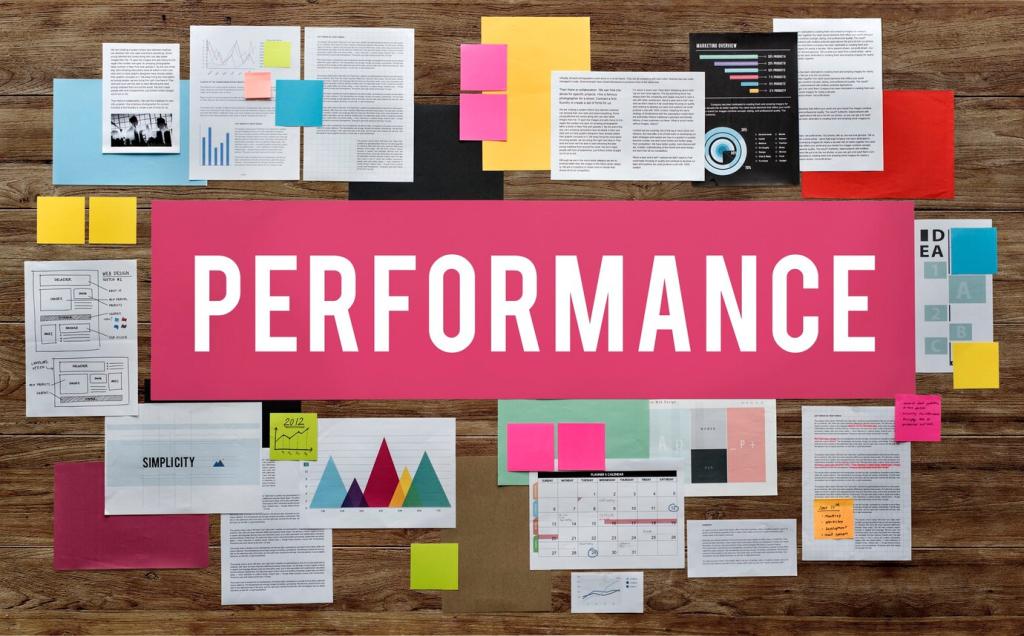Assessing Economic Growth Catalysts in Social Programs
Today’s chosen theme is “Assessing Economic Growth Catalysts in Social Programs.” Join us as we explore how thoughtful program design turns social spending into engines of productivity, entrepreneurship, and inclusive prosperity. Subscribe, comment, and help us map the pathways from human potential to measurable growth.



Rigorous Ways to Assess Catalytic Effects
Quasi-Experimental Designs That Reveal Mechanisms
Difference-in-differences, regression discontinuity, and instrumental variables can isolate catalytic effects when randomization is impractical. Pair them with mediation analysis and path tracing to see whether time savings, risk reduction, or network expansion truly drive observed income and productivity gains.
Dynamic Cost–Benefit With Spillovers
Catalysts often create benefits that compound. Incorporate general equilibrium considerations, local multipliers, and longer time horizons. Track wage effects, firm entry, and prices to avoid undercounting spillovers that emerge once a critical mass of participants changes behavior.
Practical Data Pipelines for Real Programs
Link administrative records, mobile payments, remote sensing, and time-use diaries while prioritizing privacy and consent. Automate dashboards for leading indicators—absenteeism, travel time, input purchases—to catch catalytic inflection points early. Subscribe to receive our open template library and field-tested checklists.
Stories From the Field: Catalysts at Work
In a coastal town, market vendors received transport vouchers rather than cash alone. Within months, they sourced cheaper inputs, extended opening hours, and diversified products. The voucher was the catalyst—expanding market radius, reducing dead time, and triggering a quiet surge in microenterprise profits.
Stories From the Field: Catalysts at Work
A neighborhood center offered affordable childcare aligned with shift schedules. Parents re-entered the workforce sooner, firms cut recruitment costs, and local shops reported weekday sales growth. The catalytic mechanism was time reallocation, compounding through household earnings and nearby business demand.




Indicators That Signal Catalytic Impact
Track time diaries, commute durations, and task shifts within households. Catalysts often free hours for paid work, skill acquisition, or entrepreneurship. Early movement in time-use patterns predicts later jumps in earnings, especially for caregivers and youth transitioning into formal employment.
Indicators That Signal Catalytic Impact
Monitor new firm registrations, survival rates, inventory turns, revenue per worker, and formalization. Catalytic programs tend to increase experimentation and scale among small enterprises. Watch for faster learning curves and denser supplier relationships as signs of momentum building in local markets.
Design Choices That Create Catalysts
Targeting for Network Effects
Cluster participants along supply chains, transport corridors, or innovation hubs so peers reinforce behavioral shifts. Strategically overlapping benefits—like training near new childcare—amplifies take-up and accelerates diffusion, turning isolated support into a community-wide engine of opportunity.
Complementarities and Smart Bundling
Pair skills with tools, finance with mentorship, or health coverage with preventive screenings. Complementarities reduce friction and risk, making it rational for households and firms to invest. The bundle is catalytic when each piece strengthens the others, unlocking choices previously seen as too risky.
Delivery Frictions and Last-Mile Fixes
Catalysts die in queues and paperwork. Streamline ID verification, grievance redress, and payment reliability. Design for low connectivity, multilingual contexts, and predictable schedules. Share your toughest delivery bottleneck, and we’ll crowdsource proven fixes from practitioners facing similar terrain.
From Evidence to Policy: Scaling Catalysts Responsibly
Adaptive Scaling and Learning Loops
Scale in stages with embedded experimentation. Use A/B tests on delivery channels, monitor heterogeneity, and pre-commit to course corrections. Institutionalize learning so frontline staff can flag when catalytic mechanisms weaken, and adjust before impacts fade under larger operational loads.
Budgeting, Timing, and Political Windows
Catalysts need fiscal space and momentum. Sequence expansions with budget cycles, align with labor demand peaks, and anticipate election dynamics. Clear communication about spillovers and long-run returns helps maintain coalitions that protect what works during leadership transitions.
Join the Community of Evidence Builders
Have a dataset, method, or story that reveals a catalyst at work? Comment below, share a link, or subscribe for weekly briefs. Together we can map which social program features reliably boost growth—and help policymakers bet on the sparks that ignite prosperity.
